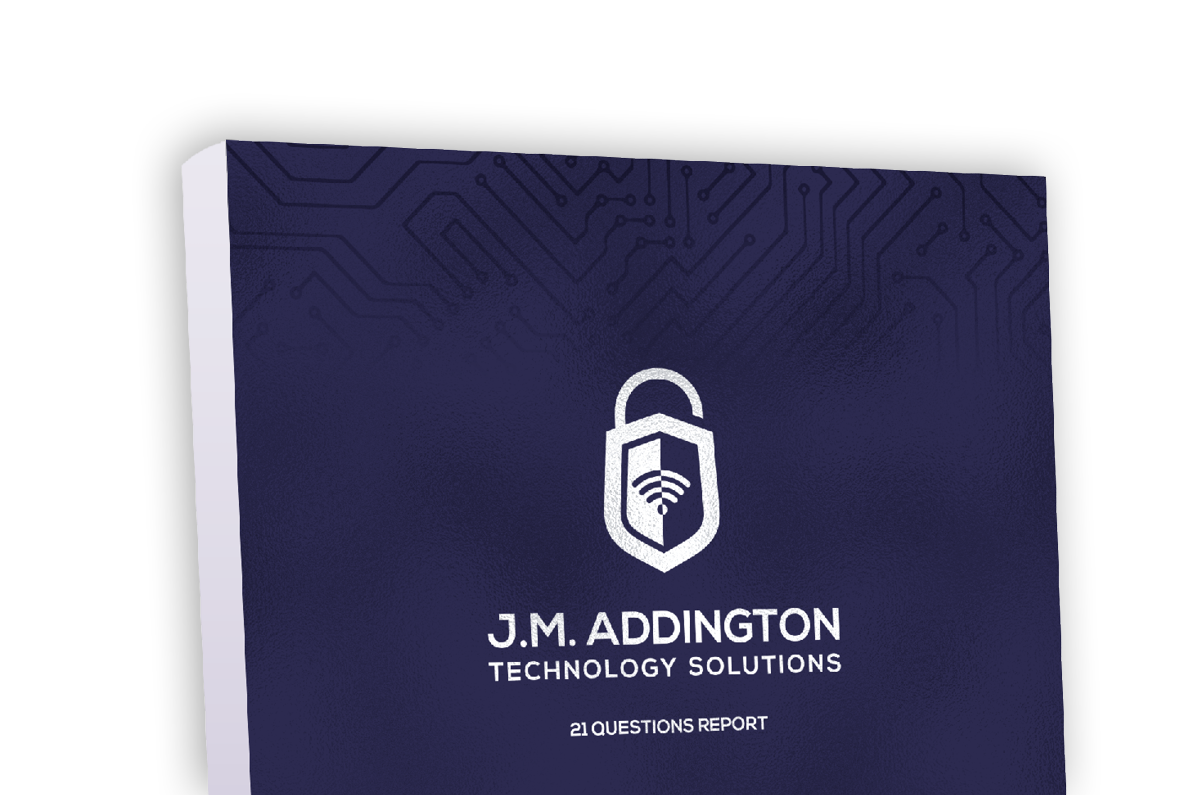Short post, economics and the CDC is being less precise with their numbers than the media.
Thursday Economic Update
New initial unemployment claims were released this morning (like every Thursday), they “fell” to 2.4 million, or about 10x what you’d expect to see in an average week in January or February of this year. The official unemployment rate still is around 15% but this is surely above that by now. Fortune estimates it to be 22.5%.

If you were studying economics 20 years ago you would have been taught that 5% was the lowest the economists typically thought unemployment could be. In recent years that’s nudged down, maybe to 4%. So 15% is really, really high, as is 2.4 million initial jobless claims.
Our take is that even with limited re-opening it shouldn’t be unexpected that jobless claims lag the pandemic:
- The PPP program (free money to small business) surely put off some, but not all claims
- A number of businesses would opt to keep people on payroll as long as is tenable
- Other businesses are just getting to the point where fixed costs outstrip their ability to operate at regular employment
If new claims are still this high in a month that will be a significant problem.
Fed chairman Jerome Powell was on 60 Minutes last weekend and Axios gave us some of the highlights:
Fed Chair Jay Powell, in a very interesting “60 Minutes” interview with Scott Pelley, made several points that should be on your radar (video … transcript):
On what metrics he watches hour-by-hour: “[A]t the moment, the thing that matters more than anything else is the medical metrics, frankly.”
On whether the Fed sees unemployment of 20% to 25%: “[T]hose numbers sound about right for what the peak may be.”
On whether he thinks history will call this a Second Great Depression: “I don’t think that’s a likely outcome at all. There’re some very fundamental differences. … [W]e had a very healthy economy two months ago. And this is an outside event — it is a natural disaster, in effect.”
We’ll note that we’ve projected a 25-30% peak and posted several times on how different this is from any other economic event the modern economy has ever gone through.
For what it’s worth, Bank of America has said that they think the initial downturn was worse than they initially thought, but are forecasting a faster recovery. The thing to keep in mind about any of this big picture economic forecasts is that the economics downturn will hit different people, industries, and geographies very differently. Those making under $40,000 are more likely to have lost jobs than those making over $80,000, Walmart, Target & Amazon are powering through this pandemic, Uber and Delta are not, nor is JC Penny. he stock market seems to have lost nearly all mooring to the “fundamentals.”
So, these forecasts are helpful to know how things play out on a national, and almost conceptual level, but your specific economic experience is not tethered to the national economy.
Oregon’s stay-at-home order was thrown out, and then the toss out was “stayed,” both on Monday. You can expect to see more of these court challenges.
The biggest COVID-19 headline we’ve seen today is this report from The Atlantic that the CDC and some states are combining the results of their PCR and serological tests in reporting, including two of the states that we reported on opening up early, Texas and Georgia. These are two very different tests. It would be like combining the scores of your child’s reading test with that of his or her class and then just reporting that final score. Or counting your apples and oranges and just reporting how many total pieces of fruit you counted.
This really makes the testing numbers coming from CDC, Texas, Georgia, Pennsylvania and Vermont close to worthless.
To be clear, doing both tests are good. Reporting both results is great. Reporting those results together is bad.
One thing you’ll hear me say around our Microsoft Teams “office” a lot is that “everything is backwards in COVID world.” This is another example of that, where CDC — the gold standard of the entire world for public health — has less reliable numbers in the middle of a pandemic than John Hopkins or The COVID Tracking Project, which is led by a magazine (The Atlantic).
These posts helpful?
Then go ahead and share them where you saw them once or twice a week.
Get In Touch
Need help thinking this through? Access to more data? Help getting your technology in order to handle what’s here and what’s coming? Contact us today.
[wpforms id=”4995″]Other
Thanks to those that have shared kind words or liked these posts. We’re doing out best to put out data-driven analysis, each one of these takes about 2 hours. It’s helpful to know that they are being read.
If you want copies of the Excel sheet and PowerBI Reports we use to put these together email us, info@jmaddington.com. Right now, our PowerBI combines data from NYT, COVID Tracking Project, IMHE and the TN Department of Health. Most sets are updated daily

Download our Report!
Get your copy of What Every Business Owner Must Know About Hiring an Honest, Competent, Responsive, and Fairly-Priced Computer Consultant.
